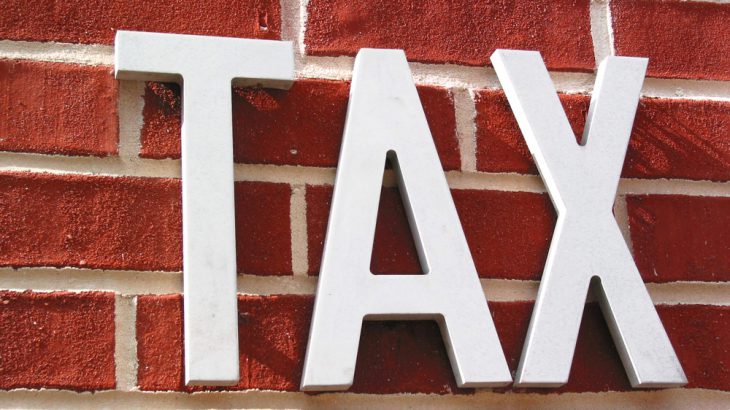
Lack of harmonisation in taxation of investment vehicles
Clarity on the taxation of Real Estate Investment Trusts (REITs) and Infrastructure Investment Trusts (InvITs) as introduced in the Union Budget 2014-15 will benefit the asset management industry in India. However, the lack of uniformity in tax treatment of different investment vehicles continues to be a matter of concern. These investment structures serve the same purpose of acting as investment conduits but their taxation differs substantially. While some of the differences in taxation can be justified based on factors specific to each structure, the current framework of tax rules for different investment vehicles appear to be widely divergent.
If we compare the taxation of REITs/InvITs and Securitisation Trusts, the distribution tax on interest income earned by such vehicles is different. The interest income received by REITs and InvITs will not be subject to taxation, but will attract withholding tax of 5 per cent in case of non-residents and 10 per cent for residents. This is as opposed to the taxation of Securitisation Trusts, where any income distribution attracts tax of 25 per cent in case of individuals/HUFs and 30 per cent for others. It is not clear why the distribution tax on such vehicles should differ when REITs/InvITs facilitate securitisation of income earning real estate and infrastructure assets while Securitisation Trusts do the same for loan receivables.
If we compare the distribution tax on REITs/InvITs and infrastructure debt funds (IDFs) structured as a mutual fund scheme, REITs/InvITs will pay a much lower distribution tax of 10 per cent on interest income compared with the 30 per cent distribution tax on IDFs. Given the spectre of Section 10D of the Income Tax Act (ITA) as per which expenses incurred by an investor can be disallowed, different distribution tax can lead to varying tax incidence even though the type of income being distributed may be the same.
The tax treatment also differs in the case of capital gains. The listed units issued by REITs and InvITs will attract the same taxation as for listed equity shares—short term capital gain tax of 15 per cent and zero long term capital gain tax. This is in contrast to the much higher taxation of capital gains on units of IDFs, which are treated on par with non-equity oriented mutual funds.
The above differences in taxation is surprising because the underlying investments across REITs/InvITs, Securitisation Trusts and IDFs will primarily be the same—debt or debt-like assets. Globally, REITs invest in revenue generating completed real estate assets and periodically distribute their earnings. This offers a regular source of income to investors from the rentals received by the REITs. Similar is the case with InvITs which are essentially modified REITs for infrastructure projects. In the case or REITs in India, the requirement by SEBI for investment in completed revenue generating assets is 80 per cent. In the case of publicly offered InvITs,
under-construction infrastructure projects cannot be more than 10 per cent of value of the assets. Thus the units issued by REITs/InvITs will be in the nature of debt like instruments, similar to instruments issued by Securitisation Trusts and IDFs.
In the case of Alternative Investment Funds (AIFs), which replaced the erstwhile Venture Capital Fund regulations, the taxation methodology again differs compared with the above mentioned structures. Most AIFs in India are structured as Trusts, and their taxation is governed under the Indian Trusts Act, 1882. As per Section 3(4)(a) of SEBI’s AIF Regulation, all Category I AIFs were to be “construed” as venture capital company or venture capital fund as defined under Section 10 (23FB) of the ITA. This would have ensured automatic tax-pass through for all Category I AIFs. However, the Finance Bill 2013 clarified that only Category I AIFs registered as venture capital funds are eligible for automatic tax pass-through. The taxation of other categories of Trust AIFs is therefore dependent on the nature of the registered Trust. With most AIFs being established as Contributory Determinate Trusts, the AIF acts as a representative assessee.
These disparate tax treatments lead to tax efficiency assuming the decisive role in the choice of investment vehicle even though not all structures are suitable for every asset class. Differences in taxation can also lead to tax arbitrage. For instance, IDFs (structured as mutual funds), InvITs and Category I Infrastructure AIFs are all conduits for investment in the infrastructure sector but carry a different taxation methodology. Such arbitrages lend to uncertainty in future tax policy. The recent change in the taxation for non-equity oriented mutual funds is a case in point. Such sudden reversals in tax rules to plug tax arbitrage can retrospectively affect the post-tax yield of investment decisions.
Lack of harmonisation and clarity in tax rules across different investment vehicles also leads to risk of litigation. The attempt to tax income distributed by Securitisation Trusts in the hands of mutual funds which are tax exempt entities led to a wide spread exodus of such investors from the securitisation market. The litigation served as the unfortunate backdrop against which the distribution tax on securitisation vehicles was imposed by the Finance Bill in 2013.
The multiplicity of investment vehicles, each with their unique taxation structure, has led to fragmentation of the asset management industry in India. The industry will benefit greatly from harmonisation of tax rules for different investment vehicles. The tax pass through status to REITs and InvITs was a step in this direction and future tax amendments should focus on the continuation of tax rule rationalisation for investment vehicles.
This article first appeared in VCCircle.


